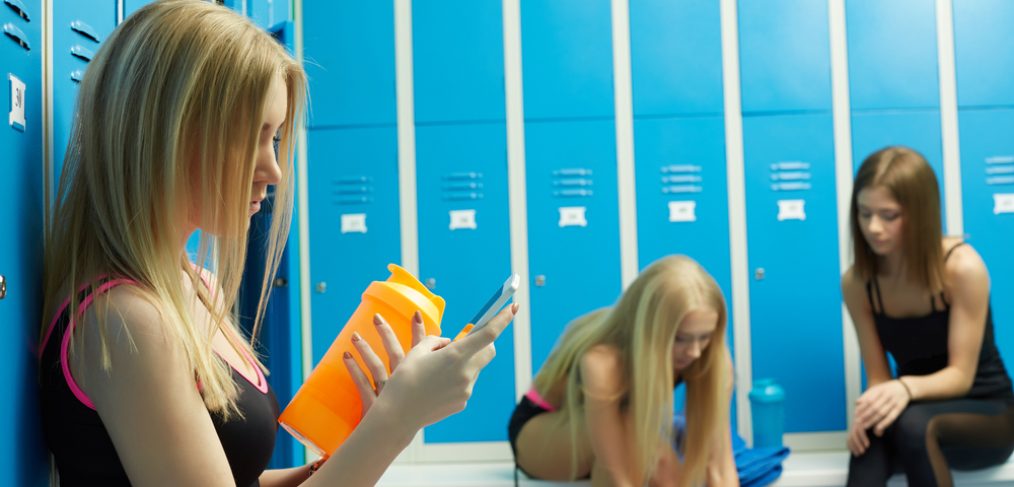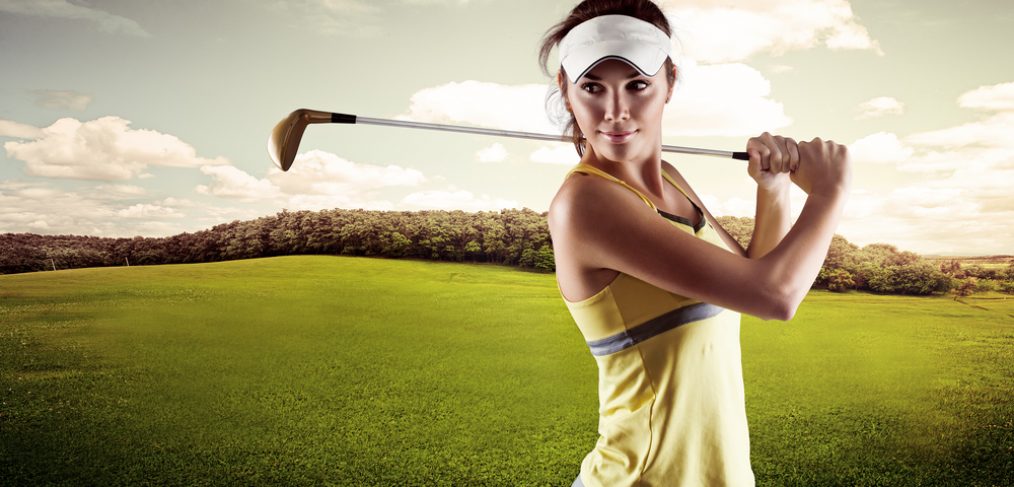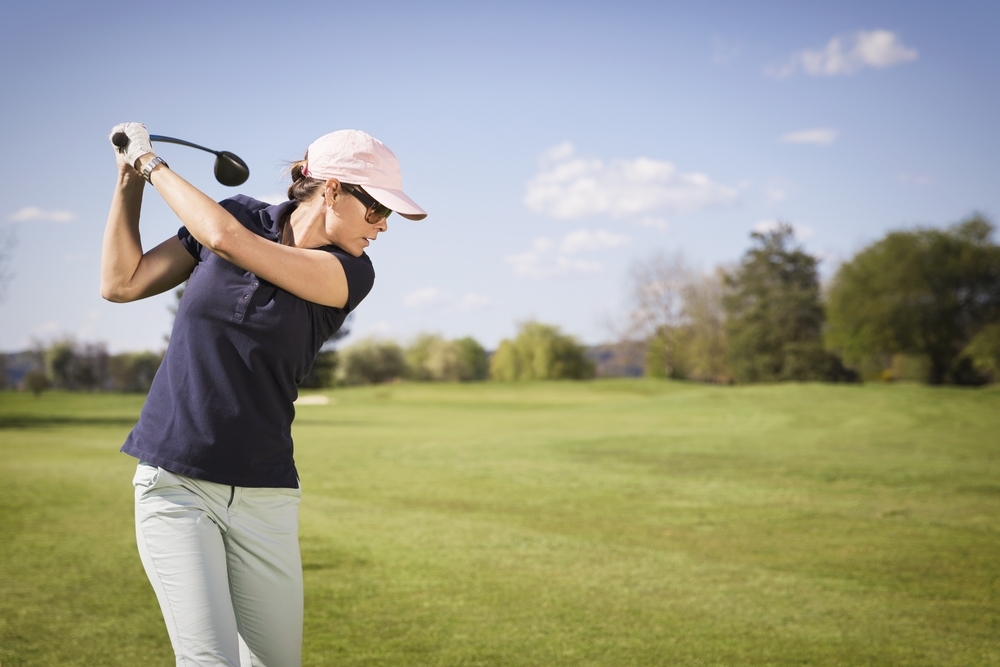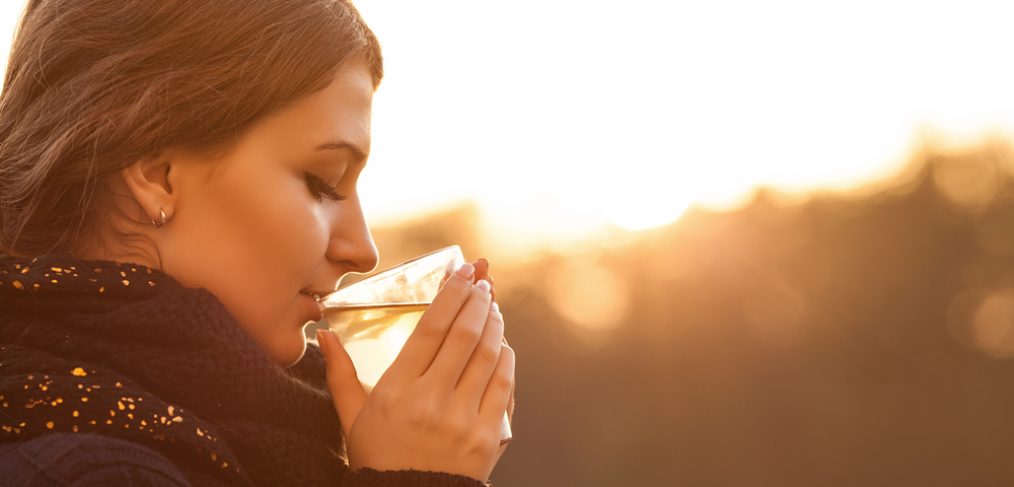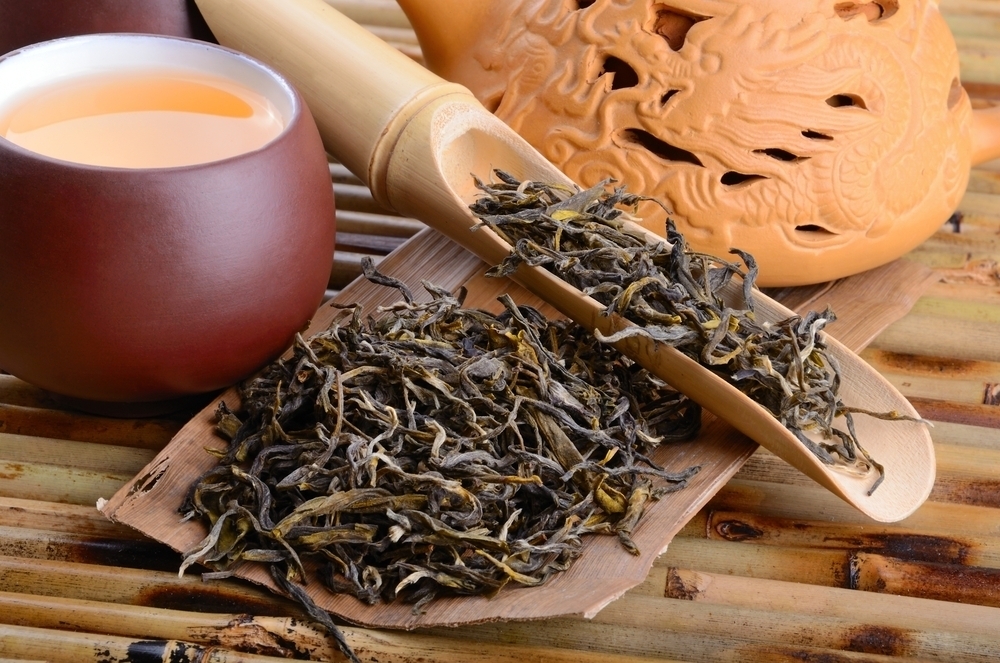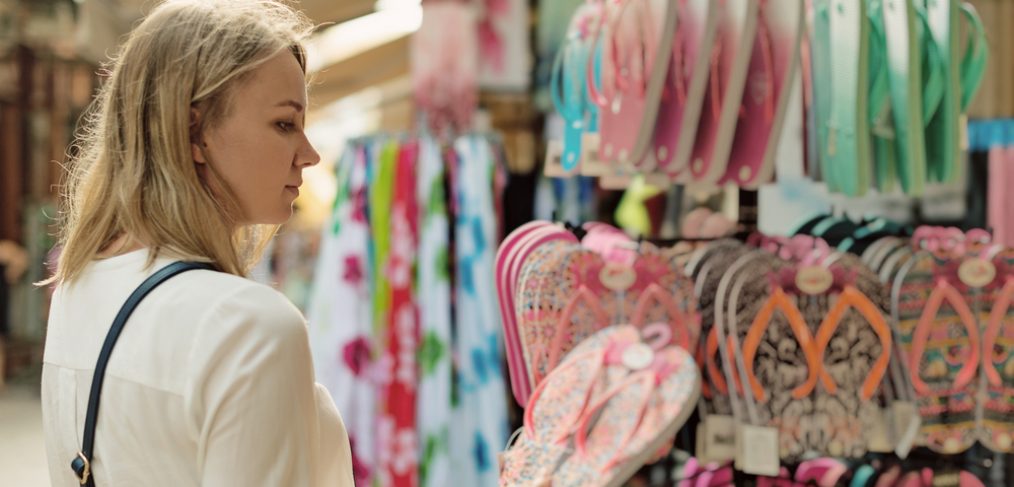So how’s this for a first world problem? We are constantly being warned about dangers of obesity. In fact, it seems we cannot put on the tv or social media without seeing pictures of people on treadmills, eating green vegetables and practically bursting with health. The message is obvious, exercise is important and we need to incorporate it into our lifestyles.
However, no matter how healthy we are, virus and bacteria horror stories seem to pop up almost as often. Whether it be an outbreak in a food chain or a child on a slide at MacDonald’s, it seems evident that we must also place avoiding germs high on our list of priorities.
And therein lies our dilemma: the gym locker room. We’ve heard so many horror stories about what happens in this place. There seems to be a disagreement about locker room etiquette. From inappropriate bodily emissions to naked toenail cutting, the potential for picking up some kind of bacteria seems almost unavoidable. So what options are there for the health obsessed germophobe? Should we choose to be sick and skinny or disease free and fat? Here are some things we can do to keep ourselves protected in this hotbed of germs.
Keep Your Jellies On
Because the shower and locker room tend to be warm and damp, they are great places to find to mold, algae and fungus. These villains find their way around the locker room mixing with sweat, skin cells, and urine. (And don’t think that shower floor has never been urinated on) Barefooted athletes in the gym locker are a prime target for Athlete’s Foot and other catchable infections. Cover those feet!
Don’t Stuff Your Sweaty Clothes in Your Gym Bag
Jack Foley, ATC, director of sports medicine and head athletic trainer at Lehigh University says,”If you’re tossing warm, damp gear in your gym bag after a workout, you’re allowing germs to have a free ride home in a perfect petrie dish. ” (Quite an image, no?) A better idea is to bring a clean plastic bag with you for dirty clothes and wash them when you get home and, while your doing that, try tossing in your gym bag every other time or two or use disinfectant wipes to clean it inside and out.
Don’t Drink from the Water Fountain
This seems like good advice in the locker room and not. According to the cleaning business, Coverall, a water fountain can have 2.7 million bacteria per square inch per spigot. BYOW. (Bring your own water.)
Wash Your Face and Hands
Letting sweat and grime fester on your face is not going to do anything to help your acne problem. And,before you wash your face, wash your hands. After touching the handlebars on the stationary bike in spin class, you don’t want to know what kind of germs and viruses are your hands may be carrying. Your hands are the most common culprits for transferring bacteria between surfaces, so keep ’em clean!
Bring Your Own Towels
Ah! The pleasure of drying off with a nice clean towel after a good hot shower. Not so fast! Some gym employees have a habit of using the same containers for dirty and clean towels which aids in the spread of E. coli and MRSA. Bring two antimicrobial towels from home, one for wiping sweat, the other for post shower and you will be the coolest (and cleanest) kid at the gym.



